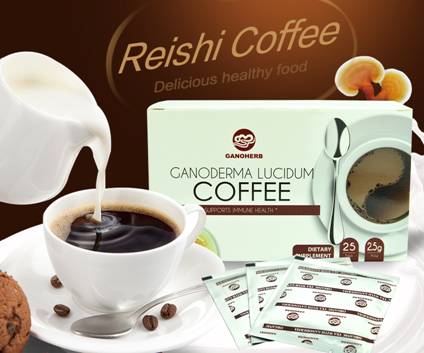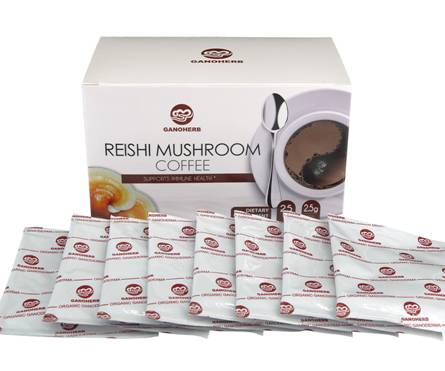Experts: This case illustrates three issues. The first is the cause of yellow leaves. In the southern acidic soil areas, especially in some organic crops with low organic matter, strong sand or light soil, such as sugar cane, rapeseed, pomelo, and other high-yielding crops, potassium fertilizers have been widely used for many years. Although this solves the problem of potassium requirement for crops, there will be a problem of magnesium deficiency due to the large-scale application of potassium fertilizer in successive years. It can be seen that the deficiency of magnesium in sugar cane is caused by the competition between nutrients. Because for magnesium, if there is a large amount of potassium and ammonium in the soil will hinder the crop's absorption of magnesium, so after the vast application of potassium fertilizer in the Bao Baosheng year after year, there is a yellow leaf problem of magnesium deficiency in sugar cane. Second, what are the adverse effects of magnesium deficiency on sugar cane? Since magnesium is an essential element for crop growth and development, magnesium deficiency will reduce the synthesis of chlorophyll and cause yellowing symptoms in the old and middle leaves. Magnesium deficiency is not conducive to nitrogen metabolism, such as the reduction of protein synthesis; is not conducive to the metabolism of carbohydrates, such as the synthesis of sucrose; is not conducive to the operation of phosphate; reduce the synthesis of vitamins, and thus affect the overall yield and quality of crops. Third, the prevention and correction of magnesium deficiency yellow leaf disease in crops. Magnesium is a medium amount of nutrients, and the demand for crops is less. Therefore, the application of magnesium fertilizer can be adapted to local conditions and adopt different methods. In areas with low effective magnesium content in the soil, magnesia can be applied in the amount of 2 to 4 kg per mu, and the magnesium-containing fertilizers include magnesium sulfate, magnesium chloride, magnesium nitrate, etc., and magnesium fertilizer is not used every year. Shi. In the mildly magnesium-deficient crop production area, magnesium can be supplemented by external spraying. The concentration of spray liquid magnesium fertilizer is between 0.5% and 2%, and the specific amount varies with crops, such as sugarcane and rice, cabbage, etc. with 1% to 2%; sweet potato, rape etc. with 0.5% to 1%; teak, etc. Use 1%. Spraying times are generally 2 to 3 times.
Ganoderma Coffee (Reishi Mushroom Coffee/Lingzhi coffee) perfectly combines the tasty Arabica black
coffee and the essence of Ganoderma Lucidum together, delivering the best
product to boost your morning with some extra health benefits.
The organic Ganoderma ingredient of this product comes
from our self-built organic Ganoderma farm located at pristine Mt. Wuyi, one of
the largest Ganoderma origins in China. GanoHerb
has acquired 4 organic certificates from China, the US, Japan, and the EU. We
do not use any chemical fertilizer, herbicide, or pesticide to ensure that not
any chemical contaminants will be left in the products.
This Reishi black coffee tastes just like a good black
coffee, without any mushroom taste whatsoever. It has a mellow taste with
slight bitterness and a nutty and chocolaty aroma. It is perfect for pairing
with snacks such as cookies and cakes. You can also add sugar and creamer depending
on your own preference.
Ganoderma instant coffee is also very easy to make. Each box has 25 sachets. Simply add hot water to the coffee mix and stir thoroughly, a cup of
delicious Ganoderma black coffee will be ready for you in seconds. Not only
does the Ganoderma black coffee taste delicious, it is also good for your
health. Ganoderma has been proven to be effective in enhancing overall immunity,
protecting the liver, improving sleep
quality and relieving stress. It is gluten-free,
lactose-free, and no additives or
preservatives whatsoever, therefore it is
suitable for all people especially for people with low immunity or high stress.
Ganoderma Coffee Ganoderma Coffee,Ganoderma Lucidum Coffee,Reishi Coffee,Reishi Mushroom Coffee,Lingzhi Moffee,Black Moffee Ganoherb International Inc. , http://www.ganoherb.us

Magnesium deficiency easily causes sugarcane yellow leaves
Case: Sugarcane production in the specialty planting sugarcane in Yulin, Guangxi is high and the quality is good. According to the fertilization recommendation of the local agricultural station, he paid great attention to the application of NPK fertilizer. In recent years, he has paid special attention to the application of potash fertilizer. In addition to the ternary compound fertilizer used as the base fertilizer, topdressing also requires topdressing of potassium sulfate every year. In the past few years, yellow leaves have been observed to varying degrees when sugarcane grows to tillering stage and cane stem elongation stage. Yu Baosheng thought that it was caused by lack of nitrogen or potassium, so he chased more potassium fertilizer, and the results did not improve. The yellow leaf phenomenon was more common in the second year. After observation by the local agricultural technicians in the field, the sugarcane fields in the family were found to be acidic alluvial soils with strong sand and less organic matter. They suggested spraying sugarcane plants with magnesium sulfate. After Ku Baosheng sprayed 1% magnesium sulfate 2 or 3 times with the method of extra-root spraying, the yellowing phenomenon of the leaves gradually disappeared. By the time of replanting sugarcane, the new application of potassium sulfate and magnesium fertilizer by Qibaosheng in the base fertilizer has basically no longer appeared yellow-leaf phenomenon in the extension period of sugarcane.